Landscape Central
Overview
The Landscape Central includes the Boland Mountain Complex and the Hexriver Complex and a multitude of mountain catchment areas, stewardship sites and other important areas for biodiversity. The Boland Mountain Complex and Hexriver Complex were inscribed as a World Heritage Site by the World Heritage Convention, United Nations Educational, Scientific and Cultural Organisation (Unesco), in 2004 and extended in 2015 as part of the Cape Floral Region Protected Areas World Heritage Site.
The Boland Mountain Complex comprises eight protected areas covering a total area of approximately 557 584ha, and includes a buffer zone of 1 315 000ha, designed to facilitate functional connectivity and to mitigate the effects of global climate change and other anthropogenic influences. The Hexriver Complex comprises five protected areas over 19 301ha. It forms part of the Northwestern and Karoo Mountain phytogeographical centres of endemism, each of which is delimited by high numbers of plant species endemic to each centre.
Both complexes are supported and buffered by a wide network of adjacent or nearby conserved areas, ranging from provincial nature reserves to private nature reserves, stewardship sites and mountain catchment areas. The Unesco-registered Kogelberg and Cape Winelands Biosphere Reserves, which surround and include the Kogelberg, Limietberg, Waterval and Jonkershoek Nature Reserves, form part of the extensive buffer and buffering mechanisms for the Boland Complex.
The headwaters of both the Berg and the Breede water management areas are located in the Boland Mountain Complex, as well as the headwaters of the Eerste, Lourens, Steenbras and Palmiet rivers, and the tributaries of the Klein Berg River. The Boland Complex is a strategic water source area and provides water for the City of Cape Town and other urban areas. The Hexriver Complex is an important water source area for towns in the Breede Valley and Witzenberg municipalities.
The landforms of the Boland mountain range were formed by warping and folding of a landscape that was previously largely layers of sedimentary deposits. To the north and east, the mountains overlay Cape granite, which is exposed in several places. Most of the mountains are primarily composed of sandstone. These rock formations are poor in nutrients and result in very acidic, leached soil that drains freely. Associated features of this substrate are the formation of wetlands and seeps and the noticeable brown or tea-coloured discolouration of the water.
Landscape Central is the heart of the Cape Floristic Region, which has been recognised as one of the most special places for plants in the world in terms of diversity, density and number of endemic species. The region is a highly distinctive phytogeographic unit, which is regarded as one of the six floral kingdoms of the world and is by far the smallest and relatively the most diverse. It has been acknowledged as one of the world’s “hottest hotspots” for its diversity of endemic and threatened plants and contains outstanding examples of significant ongoing ecological, biological and evolutionary processes.
The region’s exceptional species diversity is a result of its wealth of different habitats, each with its own topography, soils and climatic conditions – from the high mountains stretching from the north and the coastal plain in the south to the unique wetland and river systems and forest remnants, as a result providing good connectivity and landscape integration.
Related reserves

Stony Point Nature Reserve
Stony Point Nature Reserve is home to a unique colony of African penguins and offers the public the chance to see these wonderful flightless birds up close, via the boardwalk through the colony, which allows the public to observe the penguins go about their daily activities in their natural habitat, without disturbing or disrupting them.

Limietberg Nature Reserve
Limietberg is a pristine nature reserve tucked away in the Du Toitskloof Mountains, near Paarl. The reserve stretches from Franschhoek in the south, eastwards towards Groot Drakenstein, and northwards as far as Voëlvlei Dam and is a World Heritage Site.
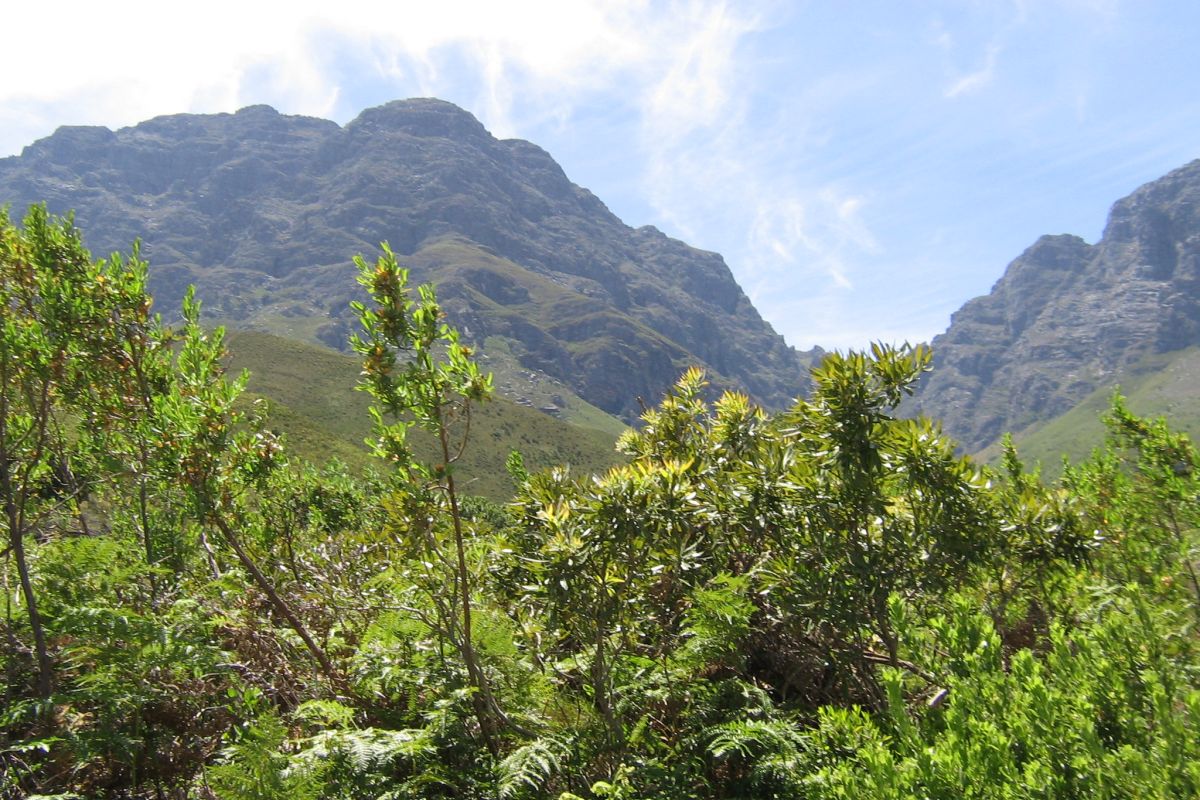
Jonkershoek Nature Reserve
This nature reserve is home to the majestic Jonkershoek Mountains and parts of the Jonkershoek valley. The reserve, which includes the smaller Assegaaibosch Nature Reserve, lies near the town of Stellenbosch in the south-western Cape.
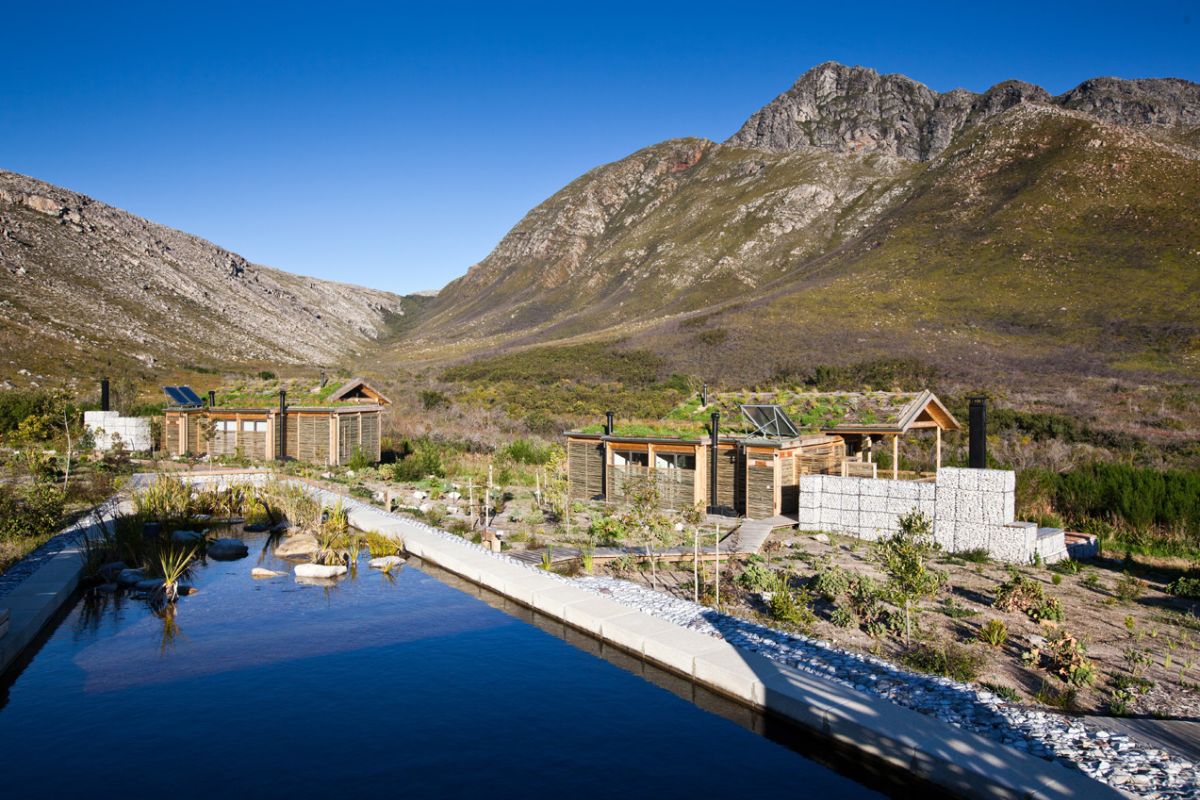
Kogelberg Nature Reserve
Considered by many to be the most beautiful of CapeNature’s protected areas, Kogelberg Nature Reserve earns that reputation largely to the fact that it occupies an area with minimal human interference. Its exceptional diversity and quality of fynbos means it is considered the heart of the Cape Floral Kingdom. The reserve presents perhaps the finest example of mountain fynbos in the Western Cape and is a world-renowned World Heritage Site.
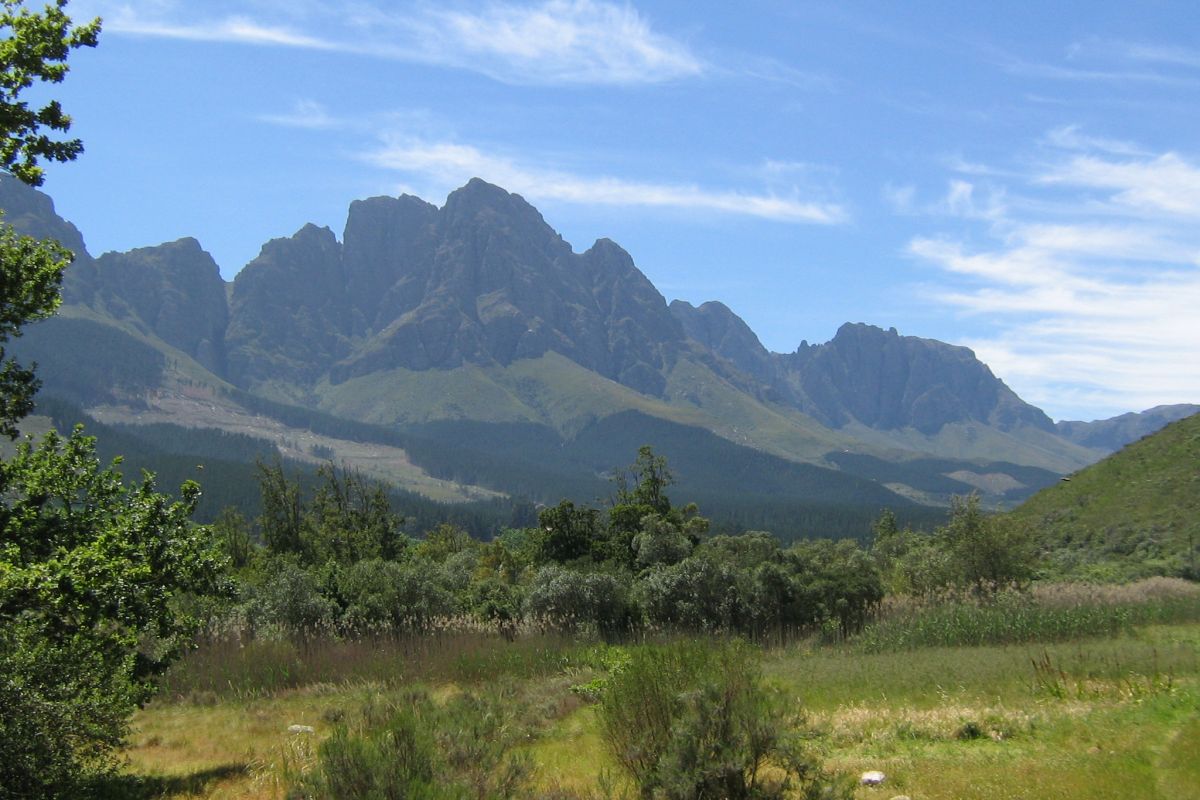
Assegaaibosch Nature Reserve
Assegaaibosch is a small nature reserve in the Jonkershoek valley. It is about 9km from Stellenbosch, and 204 hectares in size. The reserve lies next to the Eerste River, which forms the northern boundary and extends up the north-eastern slope of Stellenbosch Mountain.
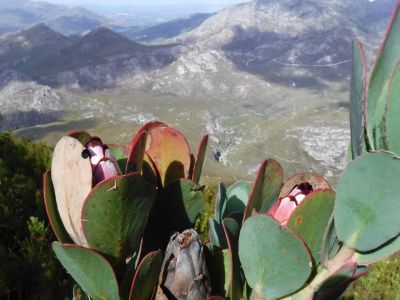
Central Landscape ecology
The vegetation of Landscape Central falls within the Core Cape Subregion (previously termed the Cape Floristic Region), which is the smallest of the world’s six floral kingdoms. It is internationally renowned for its especially rich flora, containing an estimated 9 383 species of vascular plants of which almost 69% are endemic (restricted to the region). This makes it one of the richest regions in the world in terms of botanical diversity, apart from some Neotropical areas.
The remarkable floral diversity of this landscape is evident from the distribution patterns of a sample of 1 936 plant taxa from plant families and genera that are characteristic of the Cape flora, such as Proteaceae, Ericaceae, Restionaceae and Bruniaceae. The highest percentage occurrence of these taxa per quarter degree square (20% to 26%) is found in Landscape Central.
Landscape Central conservation programmes
The indigenous cut flower industry in South Africa include both farmed (cultivated) and wild-harvested flowers. The flowers are sold locally, as well as exported internationally, with the most popular species for the industry including proteas (including the king protea and the bearded protea), Leucadendrons, Serurias (such as the blushing bride) and Leucospermums (pincushions).
Other fynbos plants such as the Brunias, Berzelias, Phylica and Ericas are often used as fillers in bouquets. Unfortunately not all those who trade in fynbos flowers obtain their stocks legally; there is still a very high number of these plants that are illegally harvested from state land, including nature reserves.
Illegal harvesters indiscriminately harvest excessive amounts of flower heads, often destroying entire plants and populations. This has a major impact on the plant’s ability to reproduce and leads to a decline in these plant families, not to mention the knock-on effect on all the insects and animals that rely on the plants for food and shelter.
Conservation staff have to conduct regular permit inspections and patrols and undertake anti-poaching operations to prevent illegal harvesting and to ensure that permit holders undertake harvesting activities in a manner that is sustainable.
Reserve conservation programmes
Related projects
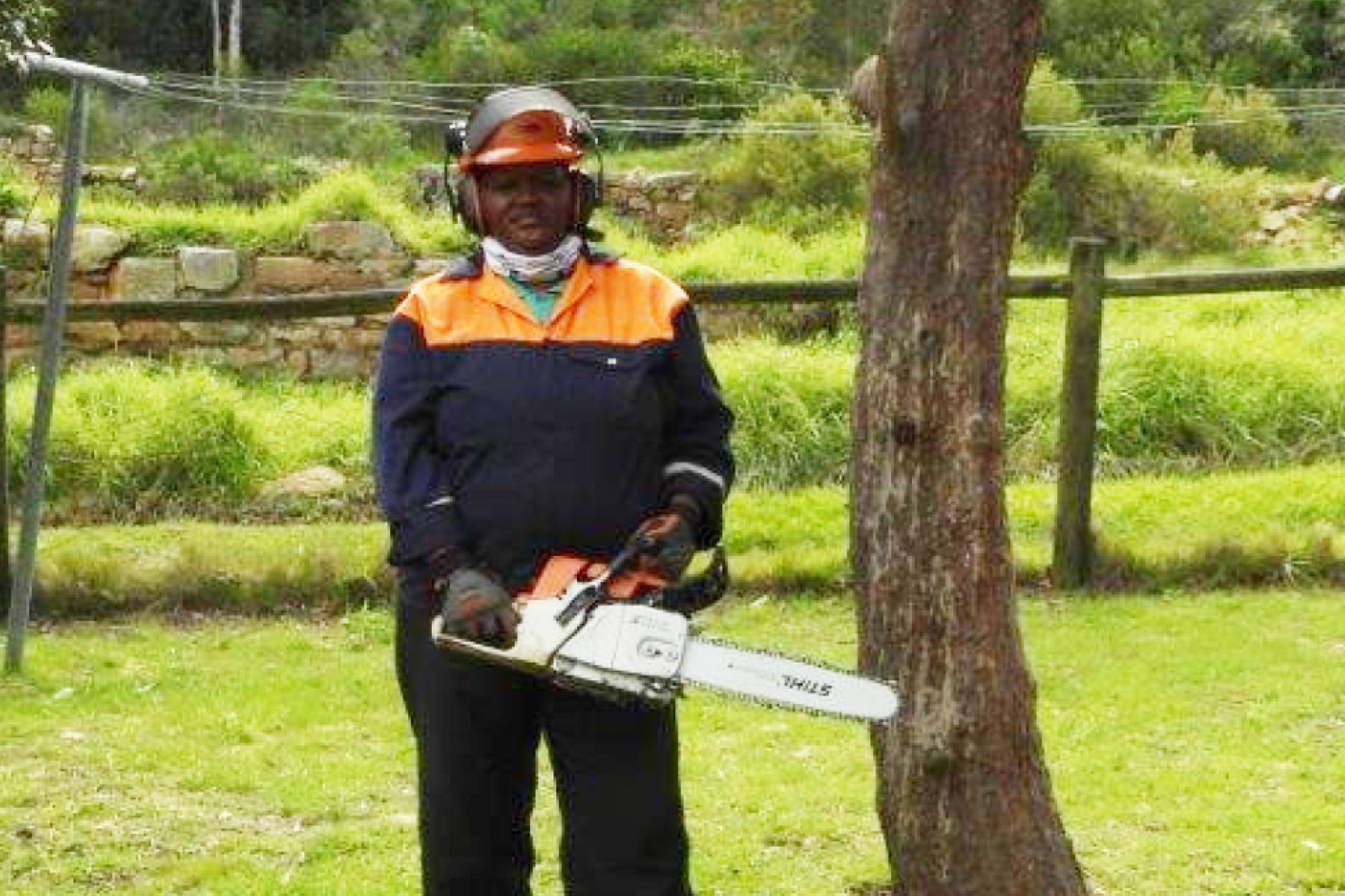
Celebrating gender equality in conservation
There is a number of women working at CapeNature in so-called non-conventional roles. The entity is known for creating an enabling environment where women employees can thrive and progress.
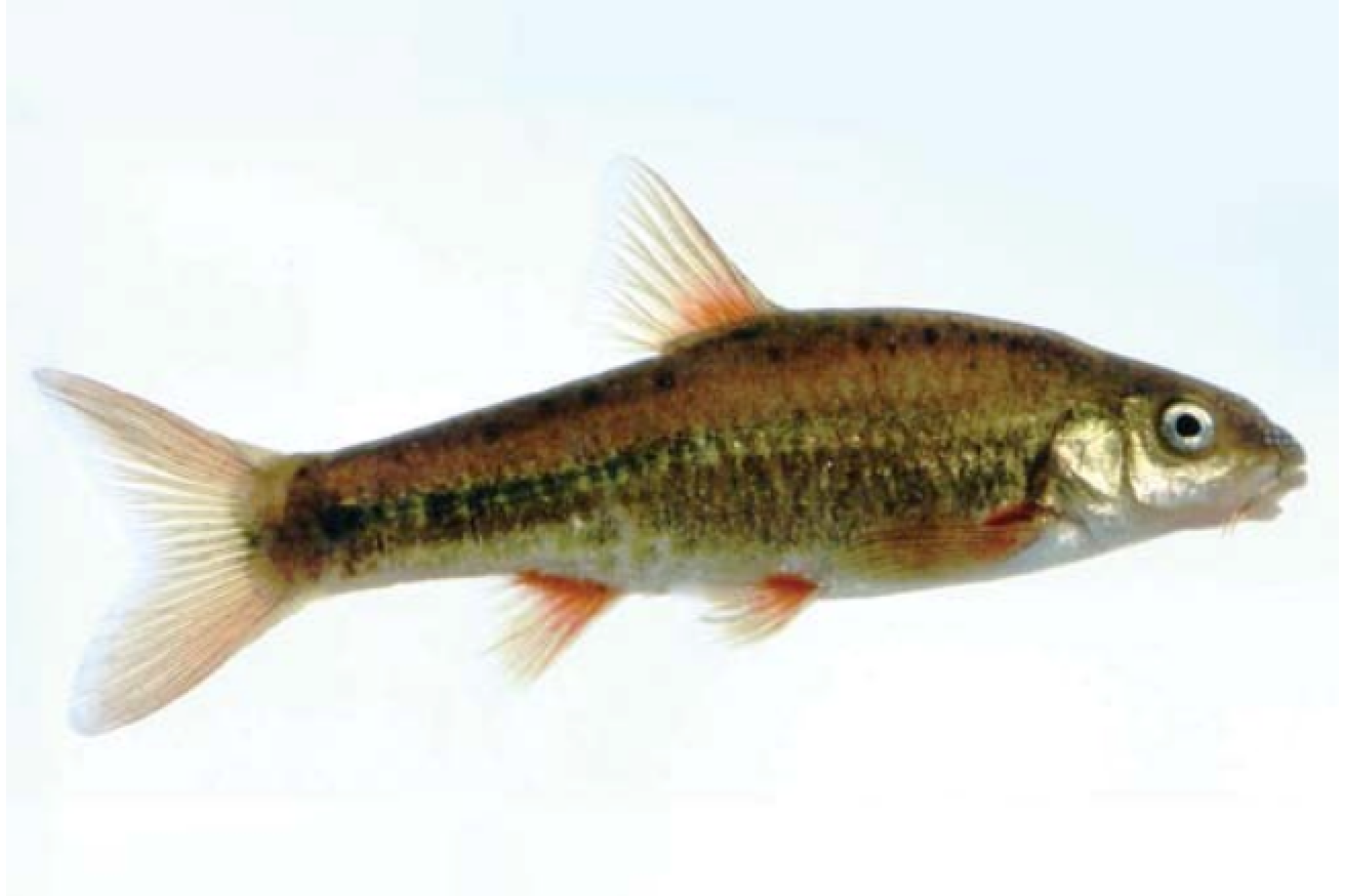
Conservation of Barrydale redfin
The tiny Critically Endangered Barrydale redfin, for example, is limited to just 40 km2 in the Tradouw catchment where it is threatened by water abstraction, pollution and alien fish.
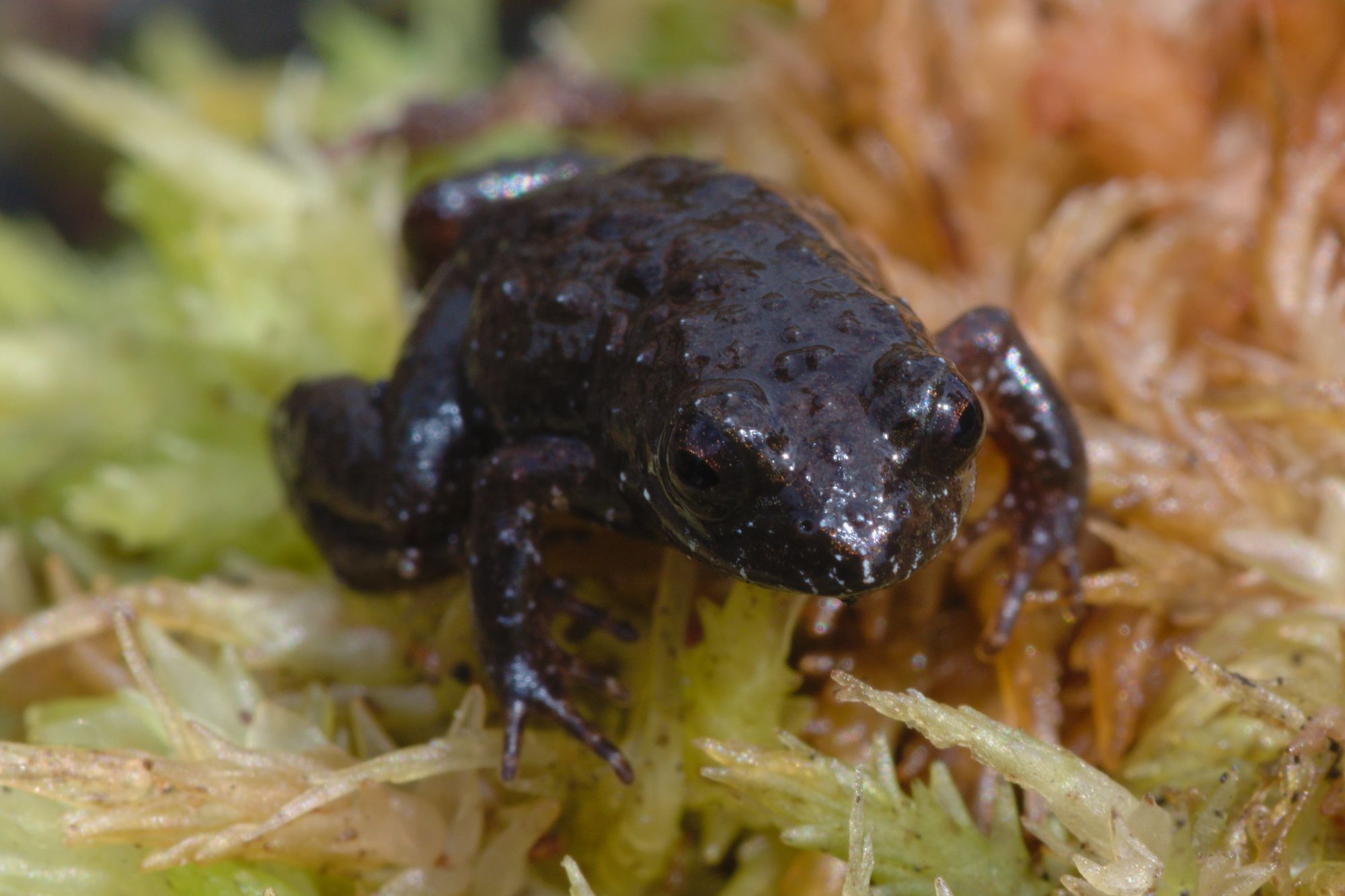
Rough moss frog
The rough moss frog occurs at a single locality on the southern slopes of the Klein Swartberg Mountain. The main threats to this species are invasive alien plants and too-frequent fires.
